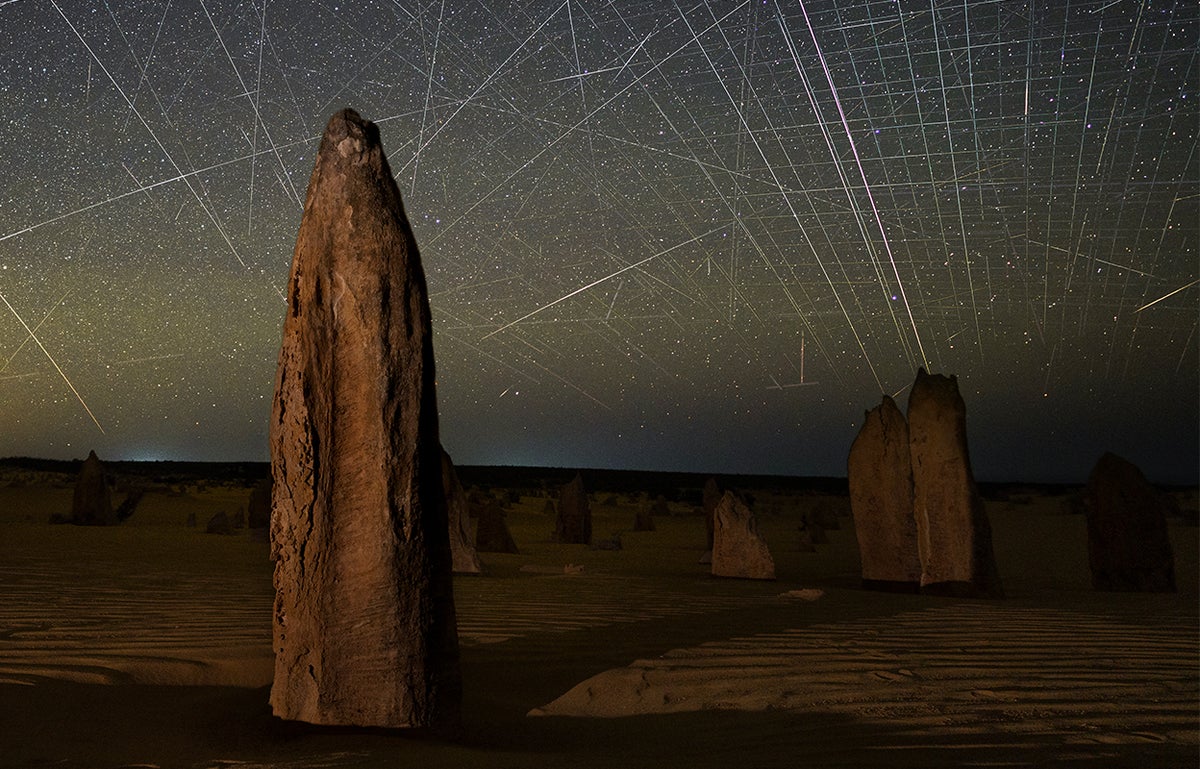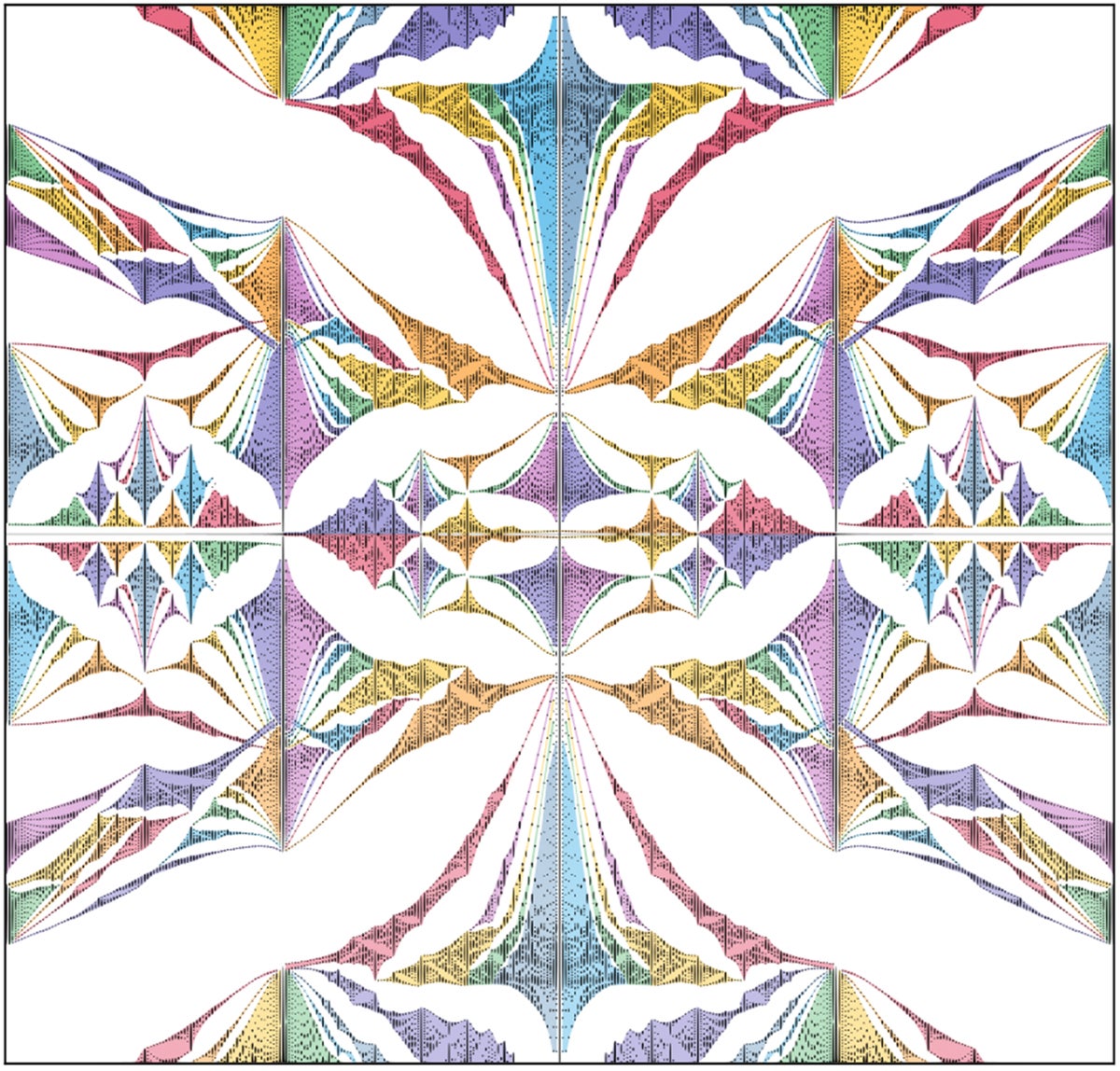Now Reading: Rising Satellite Numbers Push Astronomers to Tackle Interference Challenges
1
-
01
Rising Satellite Numbers Push Astronomers to Tackle Interference Challenges
Rising Satellite Numbers Push Astronomers to Tackle Interference Challenges

Quick Summary
- The Vera C. rubin Observatory in chile, equipped with the largest camera ever built, will survey the southern sky every three nights starting soon, mapping stars, galaxies, and asteroids.
- Satellite interference is an emerging challenge for astronomers as over 11,000 satellites orbit Earth, predominantly constellations providing internet services like SpaceX’s Starlink (7,000 satellites) and OneWeb (630 satellites).
- Satellites interfere with ground-based astronomical observations by causing shining streaks in images and electromagnetic disruptions to radio telescopes; additional concerns include atmospheric pollution from satellite re-entry emissions.
- Mitigation strategies include tools such as “SatChecker,” improved observation schedules at observatories like Rubin to avoid affected parts of the sky or twilight hours for imaging without streaks. Efforts are also underway to remove satellite trails during data processing.
- Research programs like SCORE aim to crowdsource brightness data on satellites while voluntary collaborations between astronomers and companies seek solutions such as dimmer designs or re-directed transmissions during observations.
- Atmospheric pollution due to satellite launches and burn-up events may adversely affect Earth’s climate via chemicals introduced into upper layers of the atmosphere; regulatory push on this is lacking but is being researched.
!satellitesstreaksChile.jpg?m=1743175213.716&w=900″>Starlink Streaks Observed
Stay Informed With the Latest & Most Important News
Previous Post
Next Post
Loading Next Post...

























